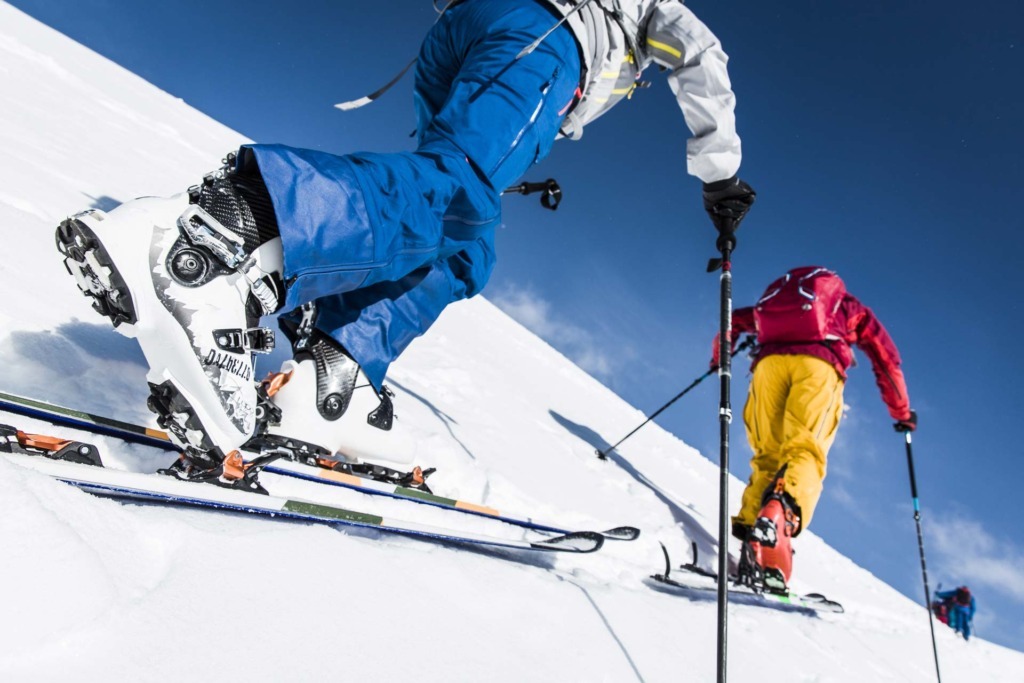Ski touring – how climbing skins work
everything you always wanted to know about gear
how to
Ski touring skins – tips & tricks for “mounting and pulling off”
Ski touring skins tips & tricks for “mounting and pulling off” Putting on and taking off of the climbing skins should be mastered in all weather conditions. Strong winds, massive …
Touring ski poles – best without straps!
Studies on the reduction of avalanche hazards also point to pole straps. Studies have shown that the touring pole with a basket functions like an anchor and people with hands …
Are you well prepared?
